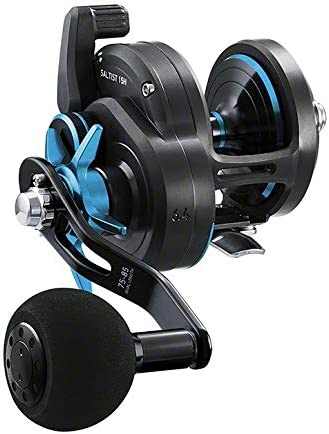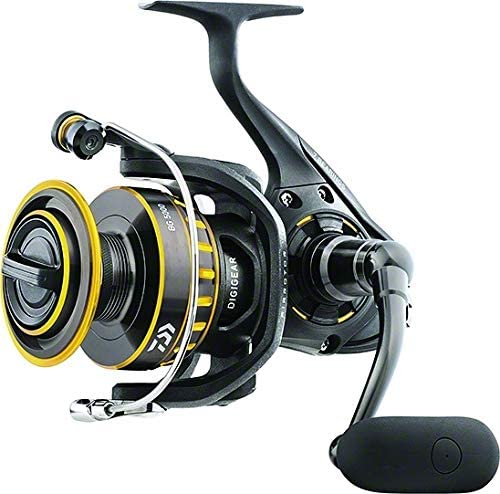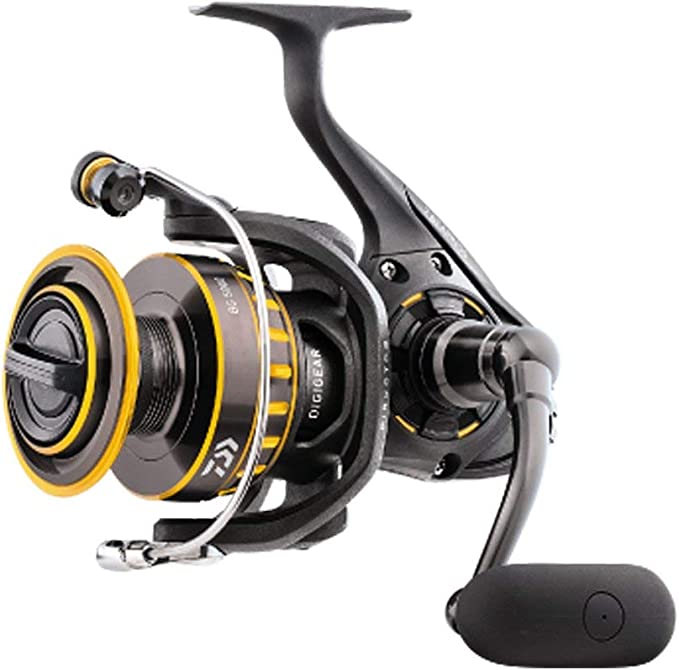Daiwa BG8000 Review: Why the "Manual Bail" Saves Your Rod (and Lures)
Update on Dec. 9, 2025, 11:22 a.m.
You just unboxed your shiny new Daiwa BG8000. It feels like a tank. You spool it up, turn the handle, and… nothing happens. The bail wire stays open. You crank harder. Still open.
Did you get a lemon? No. You just graduated to a professional-grade surf reel.
The Daiwa BG series (specifically sizes 4500 and up, including the 8000) features a Manual Return Bail. This design choice often confuses anglers upgrading from smaller freshwater gear, but for anyone throwing 4oz plugs into the surf, it is a safety feature, not a defect.
The Physics of the “Snap-Back” Disaster
On standard reels (like the BG 2500), an internal ramp kicks the bail closed when you turn the handle. This is convenient for bass fishing.
However, the BG8000 is built for heavy surf casting. When you whip a heavy lure with an 11-foot rod, the momentum can cause the rotor of a standard reel to spin slightly.
* The Scenario: You are mid-cast, loading the rod with maximum force. The rotor spins. The internal ramp hits the trip lever. SNAP. The bail slams shut mid-air.
* The Result: Your 80lb braided line stops instantly. The best case? Your $20 lure snaps off and flies into the horizon. The worst case? The shockwave travels down the line and shatters your graphite rod tip.
The Manual Solution
Daiwa engineers removed the trip ramp on the BG8000 entirely. To close the bail, you must physically flip it down with your hand after the cast. * Reliability: It is mechanically impossible for the bail to close accidentally during a cast. * Durability: One less internal spring and plastic ramp to break or corrode in saltwater. * Habit: It takes about 20 casts to get used to it. After that, you will wonder why you ever trusted an automatic bail.
Built for the Grind: 33lbs of Drag
Beyond the bail, the BG8000 is defined by its 33lb Max Drag capacity.
Most reels in the $140 range use felt washers that compress and get sticky over time. The BG8000 uses a Carbon ATD (Automatic Tournament Drag) system. It’s waterproof, sealed against the sand and salt spray of the beach.
Why 33lbs? You likely won’t fish at 33lbs of drag (that would pull you into the water). But having that headroom means the reel is “cruising” at 15-20lbs of drag, running cool and smooth, rather than redlining near failure.
Verdict: If you want a reel that does the thinking for you, buy something else. If you want a reel that ensures your expensive GT popper doesn’t become a projectile due to a mechanical glitch, the Daiwa BG8000 is the $140 insurance policy you need.























